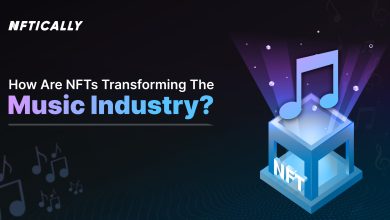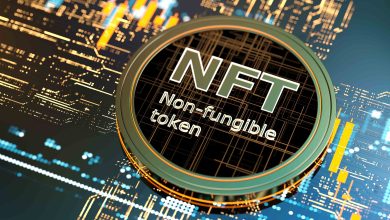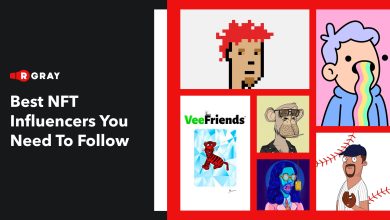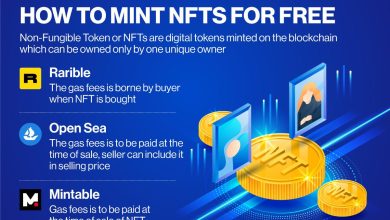NFTs and Copyright Issues: Artists’ Perspectives
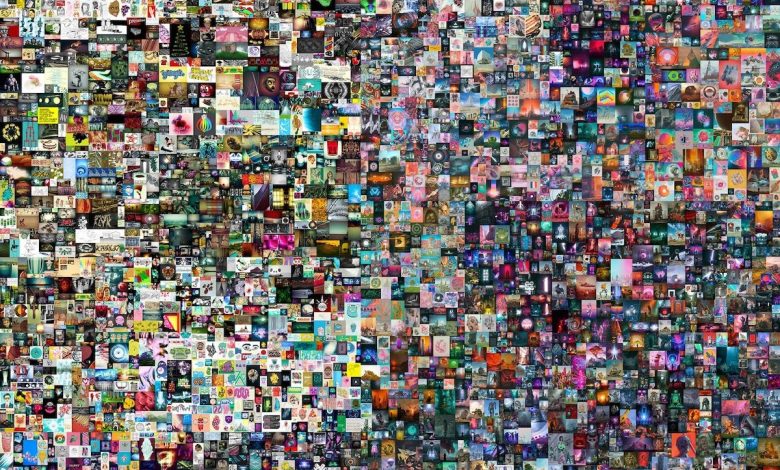
- Understanding NFTs: A Game-Changer for Artists
- Navigating the Complex World of Copyright in the Digital Age
- Challenges and Opportunities: Artists’ Dilemma with NFTs
- Exploring the Legal Implications of NFTs on Artistic Creations
- The Rise of NFTs: How Artists are Embracing the Trend
- Protecting Your Art: Copyright Strategies for NFT Artists
Understanding NFTs: A Game-Changer for Artists
Understanding NFTs can be a game-changer for artists looking to protect their work and gain more control over their creations. NFTs, or non-fungible tokens, are unique digital assets that represent ownership of a specific piece of art or content. By tokenizing their work, artists can create a digital certificate of authenticity that is stored on a blockchain, making it tamper-proof and easily verifiable.
One of the key benefits of NFTs for artists is the ability to establish a direct connection with their audience and bypass traditional intermediaries like galleries or agents. This direct relationship allows artists to retain more control over their work and potentially earn higher profits from sales. Additionally, NFTs can help artists protect their intellectual property rights by providing a transparent and immutable record of ownership.
While NFTs offer exciting opportunities for artists, there are also challenges and considerations to keep in mind. For example, artists need to be aware of copyright issues when tokenizing their work, as NFTs do not automatically grant copyright protection. It’s essential for artists to understand how copyright law applies to NFTs and take steps to protect their rights before minting tokens of their creations.
Navigating the Complex World of Copyright in the Digital Age
In the digital age, navigating the complex world of copyright can be a daunting task for artists creating NFTs. It is essential for creators to understand the legal implications of using copyrighted material in their work. Copyright laws protect the rights of creators and prevent others from using their work without permission. Artists must be aware of the potential legal issues that may arise when creating NFTs, as they can face copyright infringement claims if they use protected material without authorization.
One way for artists to avoid copyright issues is to create original content for their NFTs. By generating unique and innovative work, artists can protect themselves from potential legal disputes. Additionally, artists can consider obtaining licenses for any copyrighted material they wish to use in their NFTs. This can help ensure that they have the legal right to use the material and can prevent copyright infringement claims.
Another important consideration for artists creating NFTs is the concept of fair use. Fair use allows for the limited use of copyrighted material without permission for purposes such as criticism, comment, news reporting, teaching, scholarship, or research. Artists should be familiar with the principles of fair use and how they apply to their work to avoid copyright issues.
Overall, artists creating NFTs must be diligent in understanding and navigating the complex world of copyright in the digital age. By creating original content, obtaining licenses for copyrighted material, and considering fair use principles, artists can protect themselves from potential legal disputes and ensure that their work is legally sound.
Challenges and Opportunities: Artists’ Dilemma with NFTs
Artists face a myriad of challenges and opportunities when it comes to Non-Fungible Tokens (NFTs). While NFTs offer a new way for artists to monetize their work and reach a broader audience, they also present dilemmas related to copyright issues.
One of the main challenges artists face with NFTs is the potential for copyright infringement. Since NFTs are based on blockchain technology, it can be difficult to track and enforce copyright ownership. This lack of control over their work can leave artists vulnerable to unauthorized use and reproduction.
On the other hand, NFTs also provide artists with unique opportunities to showcase and sell their art in a digital format. By tokenizing their work, artists can create scarcity and exclusivity, which can drive up the value of their pieces. Additionally, NFTs allow artists to receive royalties every time their work is resold, providing a continuous source of income.
Despite the benefits of NFTs, artists must carefully consider the implications for their intellectual property rights. It is essential for artists to understand the terms and conditions of NFT platforms and ensure that they retain control over their work. By staying informed and proactive, artists can navigate the challenges and seize the opportunities presented by NFTs in the digital art world.
Exploring the Legal Implications of NFTs on Artistic Creations
When it comes to exploring the legal implications of NFTs on artistic creations, it is essential to consider the impact on copyright issues. NFTs have introduced a new dimension to the art world, allowing artists to tokenize their work and sell it as unique digital assets. However, this has raised questions about how copyright laws apply to these digital creations.
One of the main concerns is whether NFTs provide sufficient protection for artists’ intellectual property rights. While NFTs can help establish ownership and provenance of digital art, there are still uncertainties about how copyright laws can be enforced in the digital realm. Artists may need to rely on traditional copyright laws to protect their work from unauthorized use or reproduction.
Another issue to consider is the potential for copyright infringement in the NFT space. With the ease of sharing and selling digital assets online, there is a risk that artists’ work could be copied or distributed without their consent. This raises questions about how copyright laws can be enforced across different jurisdictions and platforms.
Overall, the legal implications of NFTs on artistic creations are complex and evolving. Artists need to be aware of their rights and take steps to protect their work in the digital age. By understanding the intersection of NFTs and copyright issues, artists can navigate this new landscape and ensure that their creations are safeguarded.
The Rise of NFTs: How Artists are Embracing the Trend
Artists are increasingly embracing the trend of Non-Fungible Tokens (NFTs) as a new way to monetize their work and connect with fans. NFTs allow artists to create unique digital assets that can be bought and sold on the blockchain, providing a new revenue stream for creators. This rise of NFTs has sparked a conversation among artists about the intersection of copyright issues and digital art.
Protecting Your Art: Copyright Strategies for NFT Artists
When it comes to protecting your art as an NFT artist, implementing copyright strategies is crucial. By taking the necessary steps to safeguard your work, you can prevent unauthorized use and ensure that you retain control over your creations.
One effective strategy is to register your copyright with the appropriate authorities. This provides you with legal protection and establishes your ownership of the work. Additionally, consider including a copyright notice on your NFTs to make it clear to others that you are the rightful owner.
Another important aspect of protecting your art is to carefully review the terms and conditions of the NFT platform you are using. Some platforms may have clauses that impact your copyright or ownership rights, so it is essential to understand these terms before uploading your work.
Furthermore, consider using watermarks or digital signatures on your NFTs to deter unauthorized use. These visible markers can help identify your work and discourage others from attempting to claim it as their own.
Overall, by being proactive and implementing these copyright strategies, you can safeguard your art and ensure that you have the necessary protections in place as an NFT artist.

